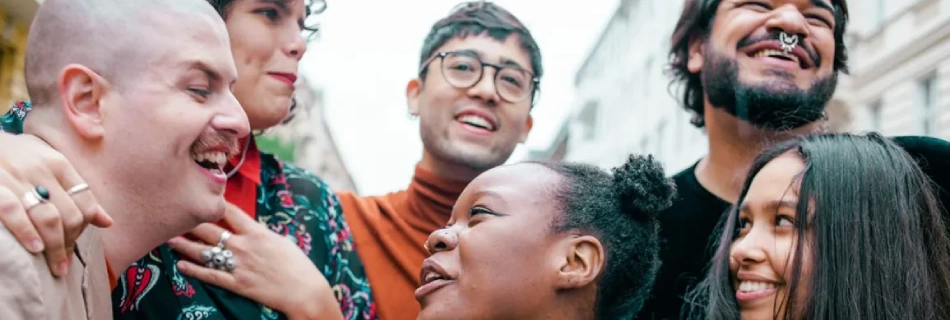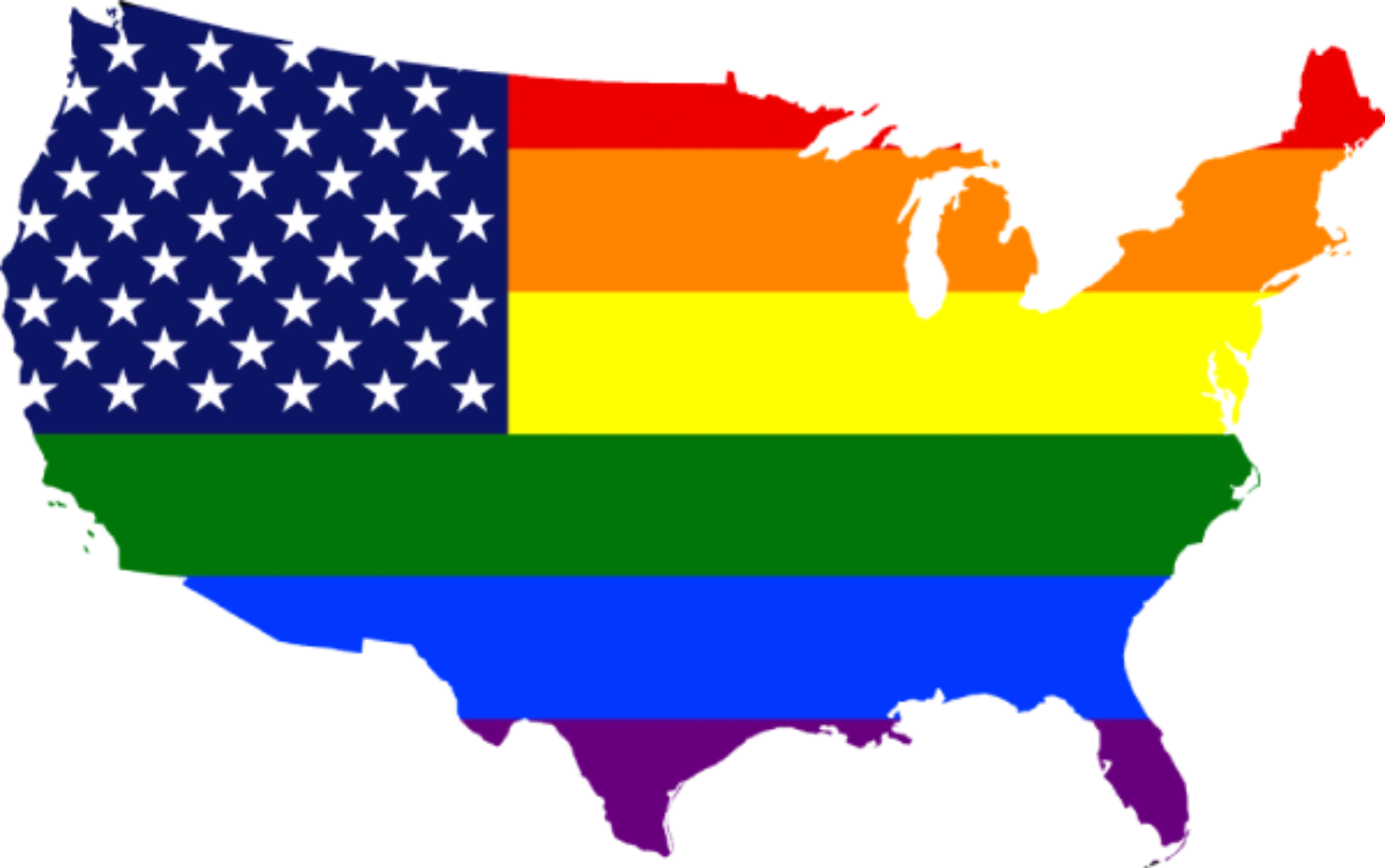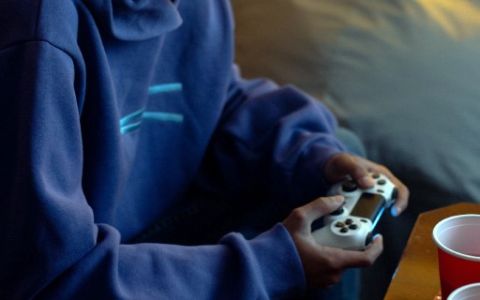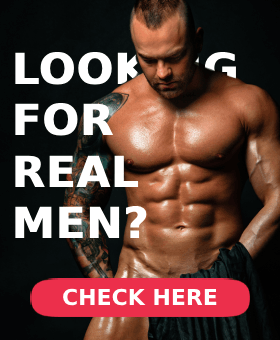
- › Examine the Changing Social Landscape of LGBTQ Acceptance
- › Identify the Reality Behind Stereotypes and Stigmas Associated With Being Gay
- › Discuss How Individuals in the Present Day Discover Their Sexual Orientations
- › Consider Bisexual, Pansexual and Asexual Identities
- › Explore the Different Ways People Express Their Individual Gender Identity
Examine the Changing Social Landscape of LGBTQ Acceptance
The landscape of acceptance for LGBTQ individuals is changing rapidly. People are beginning to recognize the importance of community and belonging, which has had a notable impact on how the LGBTQ community is viewed by those around them. Public opinion across the world has shifted dramatically in recent years.
A recent survey found that majorities around the world believe that society should accept homosexuality. These large shifts in public opinion have been instrumental in creating a society that is much more accepting and tolerant of LGBTQ persons than in previous eras.
The increased level of acceptance has also led to an increase in visibility, as LGBT people are much more likely to be open about their sexuality or gender identity. This alone can have powerful effects on awareness and understanding of LGBT issues among those who may have less exposure to diversity and diverse people. Further, organizations such as Pride parades give visibility to LGBTQ communities, further helping raise public acceptance.
Additionally, the workplace environment has become safer and more equitable with companies actively supporting equal rights and protections for their employees regardless of orientation or gender identity.
Overall, it is clear that due to major social changes, strong advocacy from within and without the LGBTQ community, and positive campaigns from companies and organizations, we are now living in an era where LGBTQ acceptance is becoming more normalized around the globe each day.
Identify the Reality Behind Stereotypes and Stigmas Associated With Being Gay
One of the biggest challenges for the LGBTQ+ community is the prevalence of stereotypes and stigmas associated with being gay. These stereotypes are often based on outdated and harmful beliefs that have no basis in reality. It's important to identify and challenge these stereotypes in order to create a more accepting and inclusive society.
One common stereotype associated with being gay is that all gay men are effeminate and all lesbians are butch. This belief is not only untrue, but it also reinforces harmful gender stereotypes. The reality is that gender expression and sexual orientation are two separate things, and there is a wide range of diversity within the LGBTQ+ community.
Another stereotype is that being gay is a choice. This belief is rooted in the idea that being gay is a sin or a mental illness, which has been debunked by the scientific community. The reality is that sexual orientation is a natural part of who we are, and it's not something that can be changed.
Finally, there is the stigma that being gay is somehow immoral or deviant. This belief is based on religious and cultural biases, and it has been used to justify discrimination and violence against the LGBTQ+ community. The reality is that being gay is a normal and healthy part of human diversity, and it's not something that should be stigmatized or discriminated against.
By identifying the reality behind these stereotypes and stigmas, we can work towards creating a more accepting and inclusive society for all.
Discuss How Individuals in the Present Day Discover Their Sexual Orientations
It's important to acknowledge that discovering one's sexual orientation is a personal journey that can vary greatly from individual to individual. In present day, there are a variety of ways that people may come to understand their sexual orientation.
For some, it may be a gradual process of self-exploration and reflection. They may begin to recognize attractions or feelings towards individuals of the same gender and slowly come to understand that they are gay or lesbian. Others may have a more sudden realization, perhaps triggered by a particular experience or relationship.
It's also worth noting that societal attitudes towards LGBTQ+ individuals have shifted in recent years, creating a more accepting and supportive environment for those who are questioning their sexual orientation. This can make it easier for individuals to feel comfortable exploring and accepting their identity.
Overall, discovering one's sexual orientation is a deeply personal process that can be influenced by a variety of factors, including personal experiences, societal attitudes, and individual preferences. It's important to create a safe and supportive environment for individuals to explore and accept their sexual orientation, and to respect each person's unique journey.
Consider Bisexual, Pansexual and Asexual Identities
When it comes to sexual orientation, it's important to recognize that there are more options than just "gay" or "straight." Bisexual, pansexual, and asexual identities are all valid and should be respected.
Bisexual individuals are attracted to both men and women, while pansexual individuals are attracted to people regardless of their gender identity. Asexual individuals do not experience sexual attraction at all.
It's crucial to understand and respect these identities, as assuming someone's sexual orientation based on their behavior or interests can be harmful and perpetuate stereotypes. It's also important to remember that sexual orientation is a personal and private matter, and it's not appropriate to make assumptions or comments about someone's identity without their consent.
Explore the Different Ways People Express Their Individual Gender Identity
When it comes to sexual orientation, it's important to recognize that there is a spectrum beyond just being gay or straight. Bisexual, pansexual, and asexual individuals may not fit into the traditional binary of sexuality, and it's important to respect and acknowledge their identities.
Bisexual individuals are attracted to both men and women, while pansexual individuals are attracted to people regardless of their gender identity. Asexual individuals do not experience sexual attraction at all.
Assuming someone's sexuality based on stereotypes or assumptions can be harmful and disrespectful. It's important to listen and understand how individuals identify and respect their boundaries. By considering and acknowledging these identities, we can create a more inclusive and accepting society.







